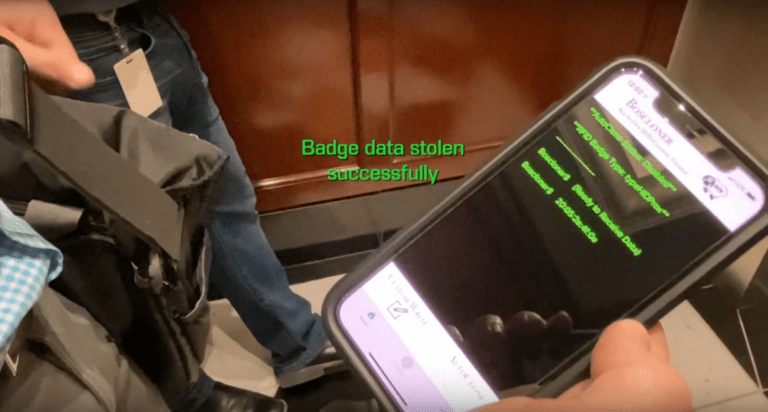Monitor. Detect. Alert. It’s worth the effort.
Do you monitor effectively for threats on your network? How well does your team respond? Testing can help you find out for sure.

Do you monitor effectively for threats on your network? How well does your team respond? Testing can help you find out for sure.

Badge cloning can happen in an instant without your employees even noticing. Our penetration testing team shows how it’s done and how you can stay secure.

Sometimes, it’s hard to tell a legitimate email from a phishing attempt. Other times, there’s no doubt. Here’s a handy guide.

What’s the best encryption for your company’s wireless network? Raxis CTO Brian Tant explains the details and why securing your wireless network is critical.